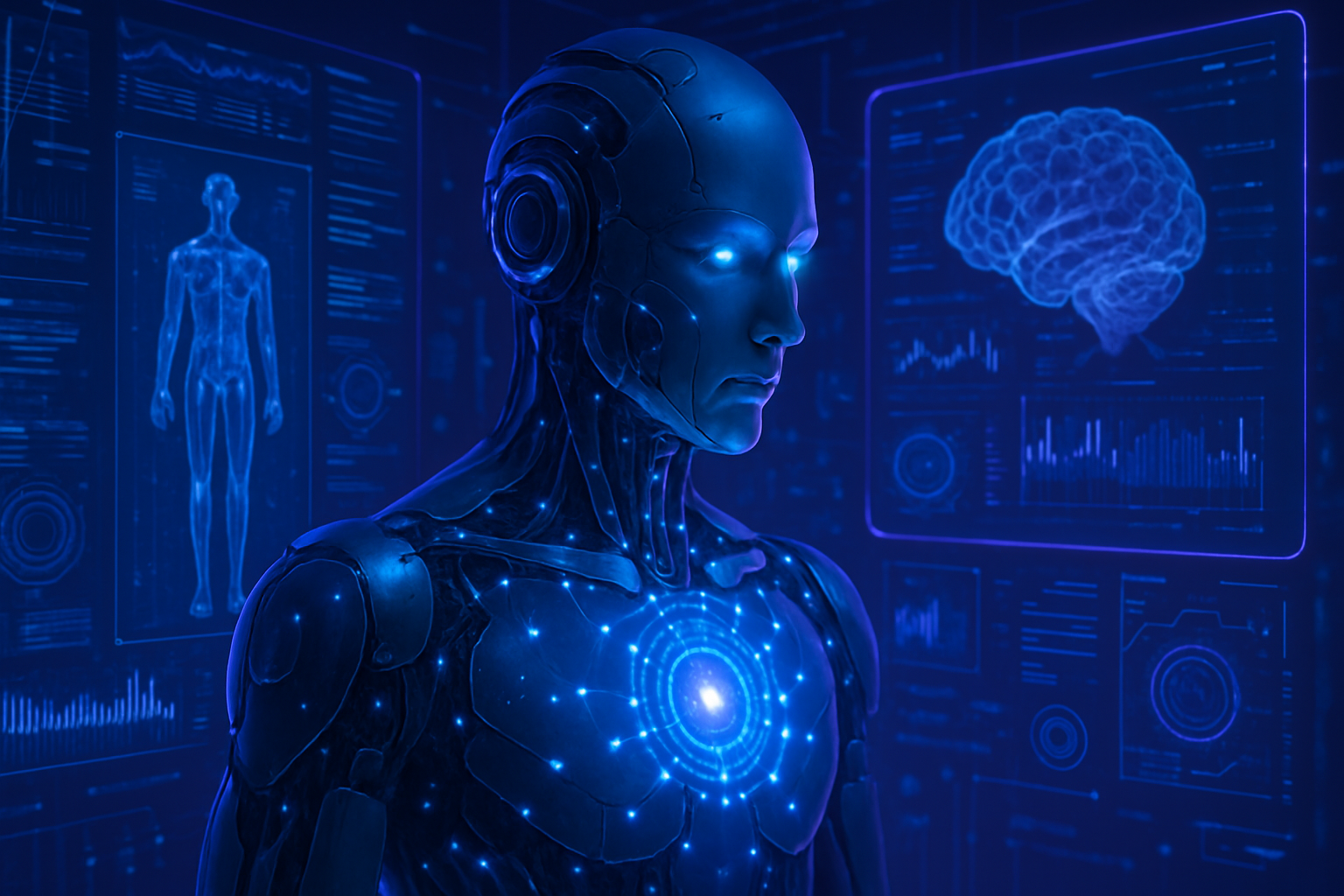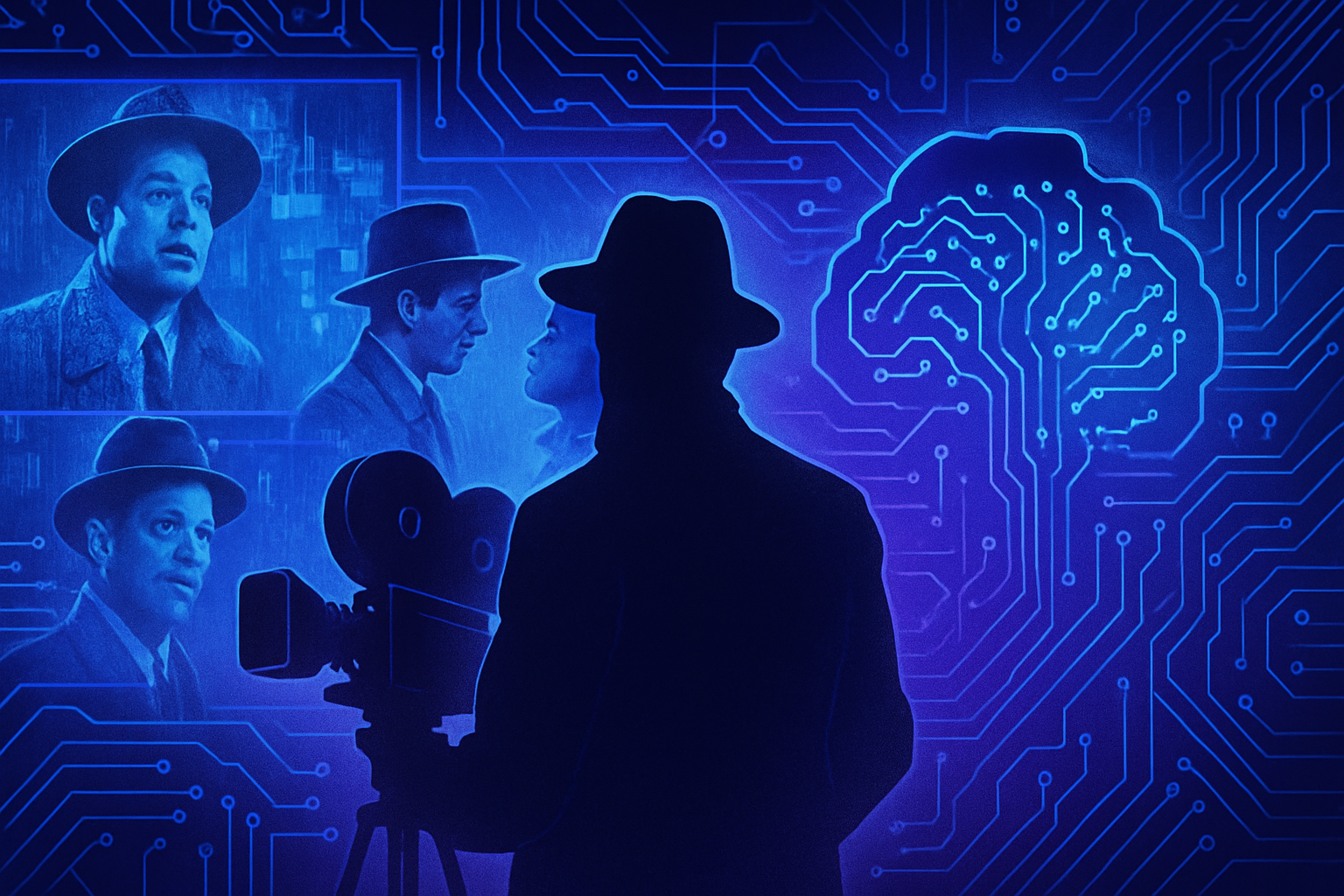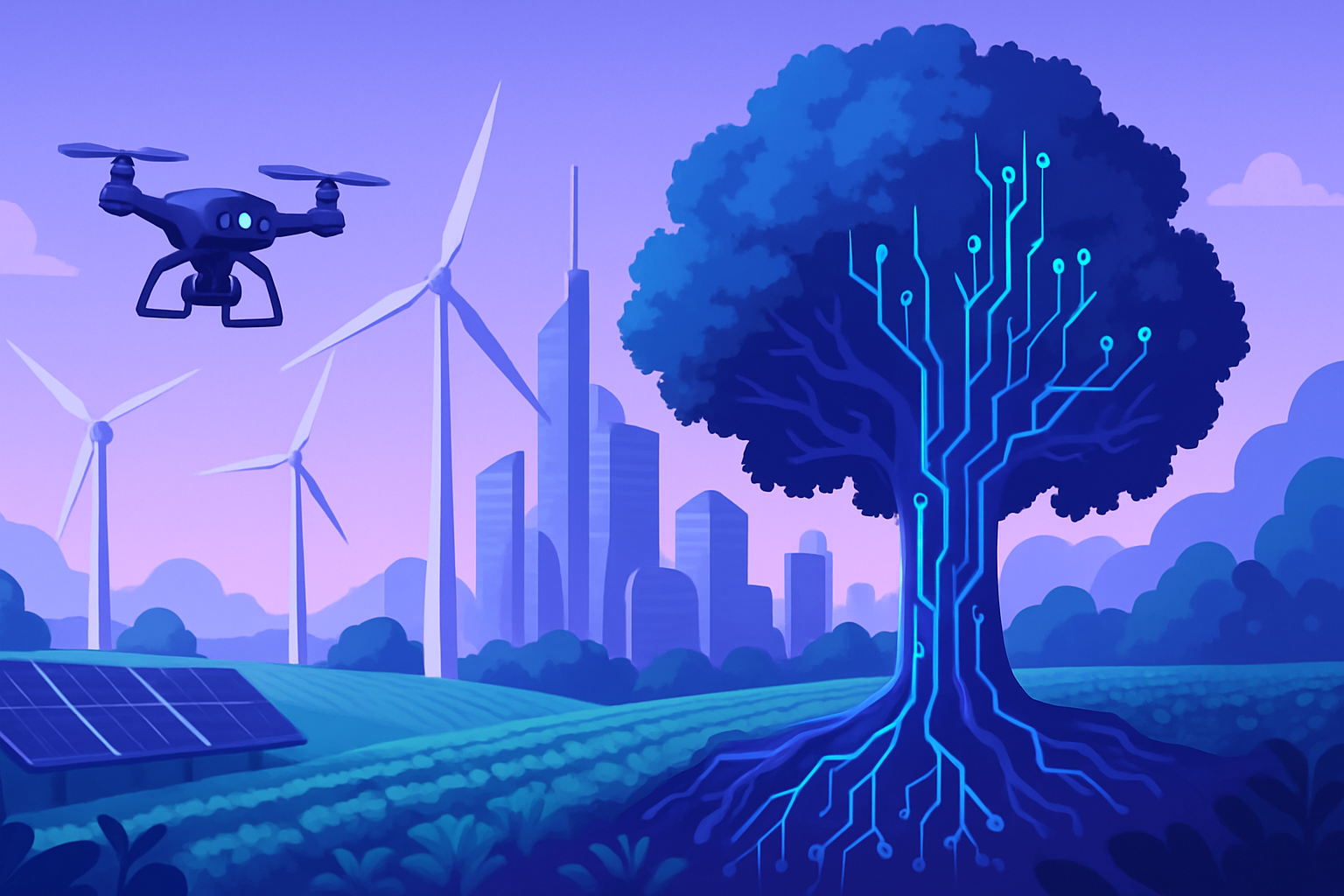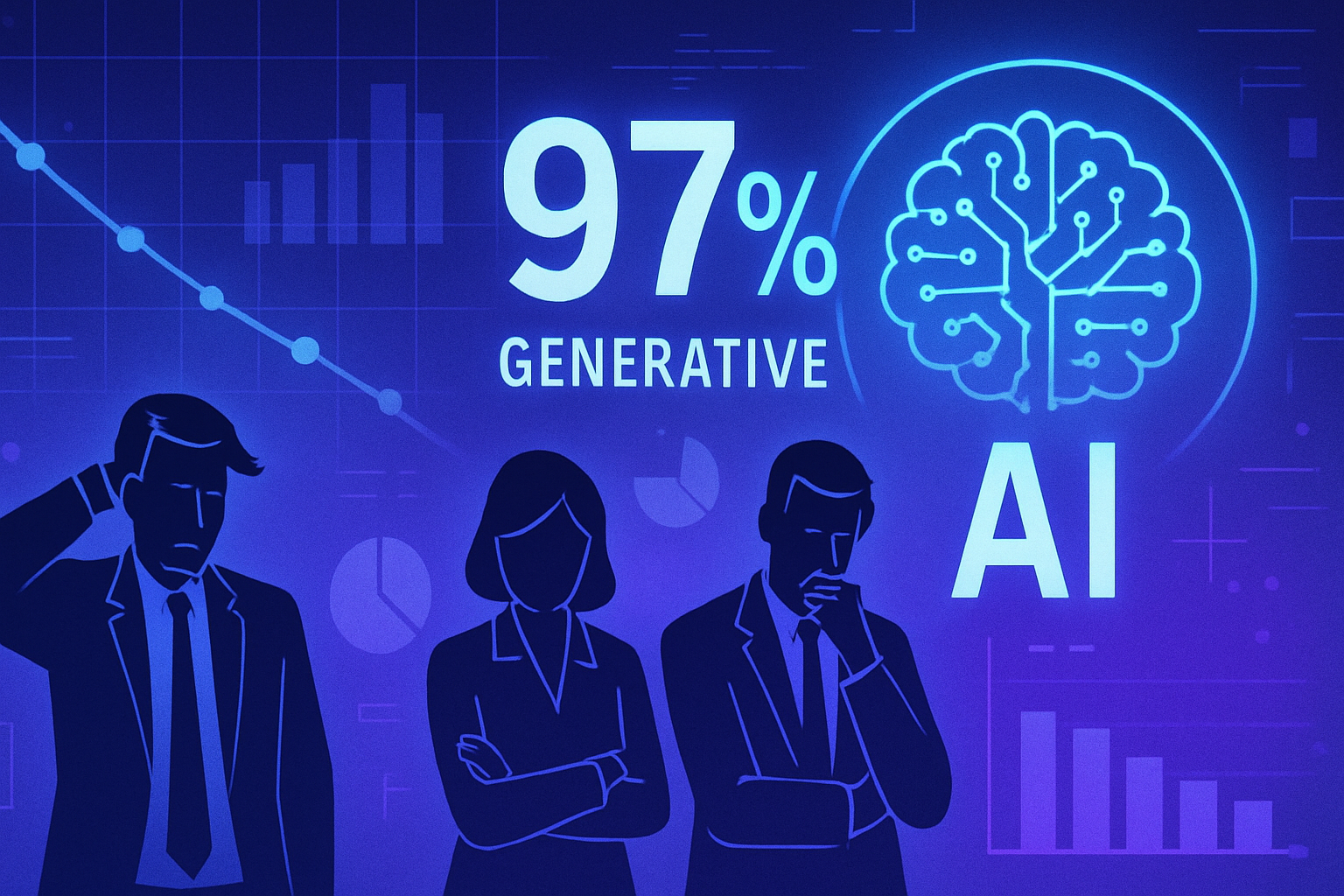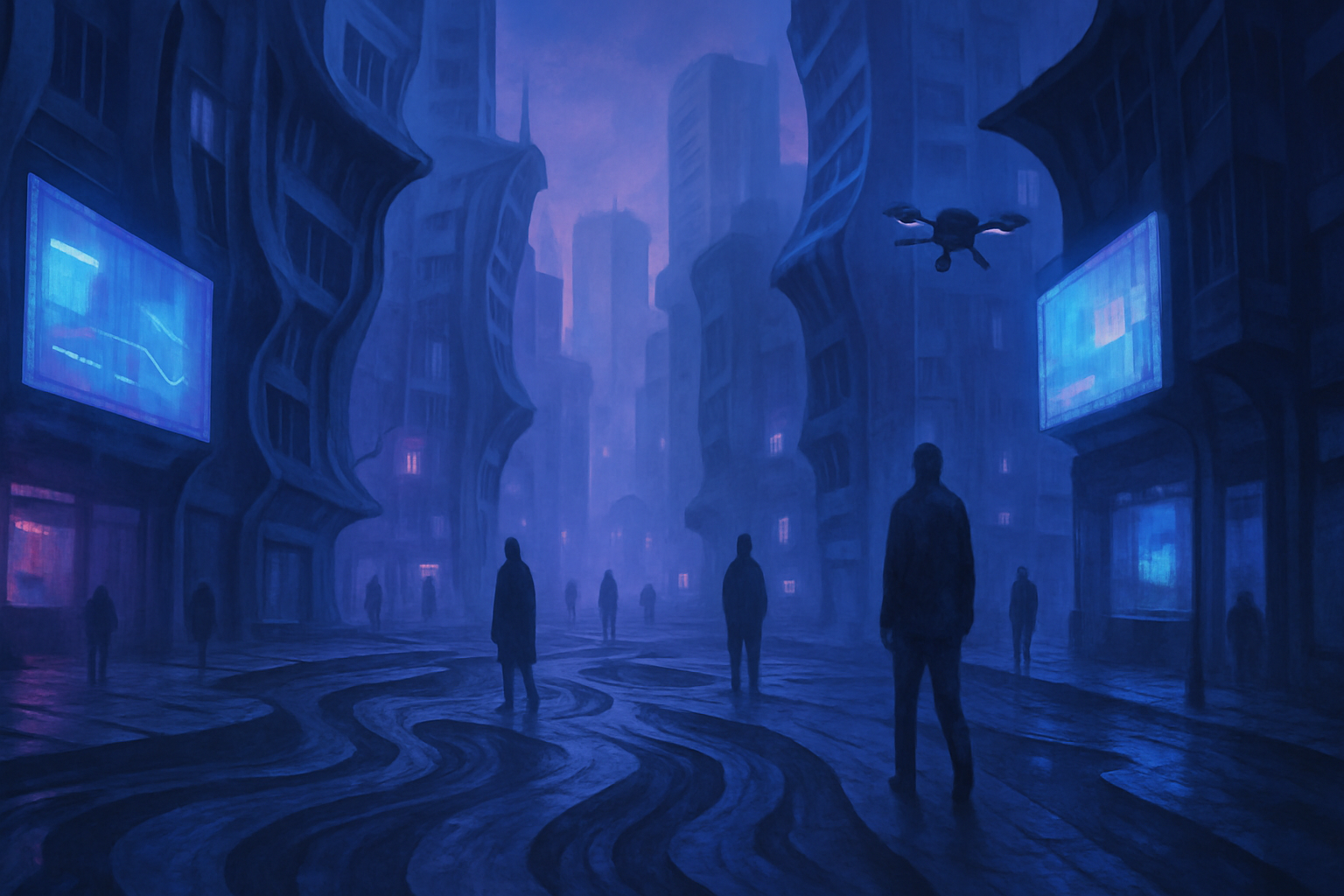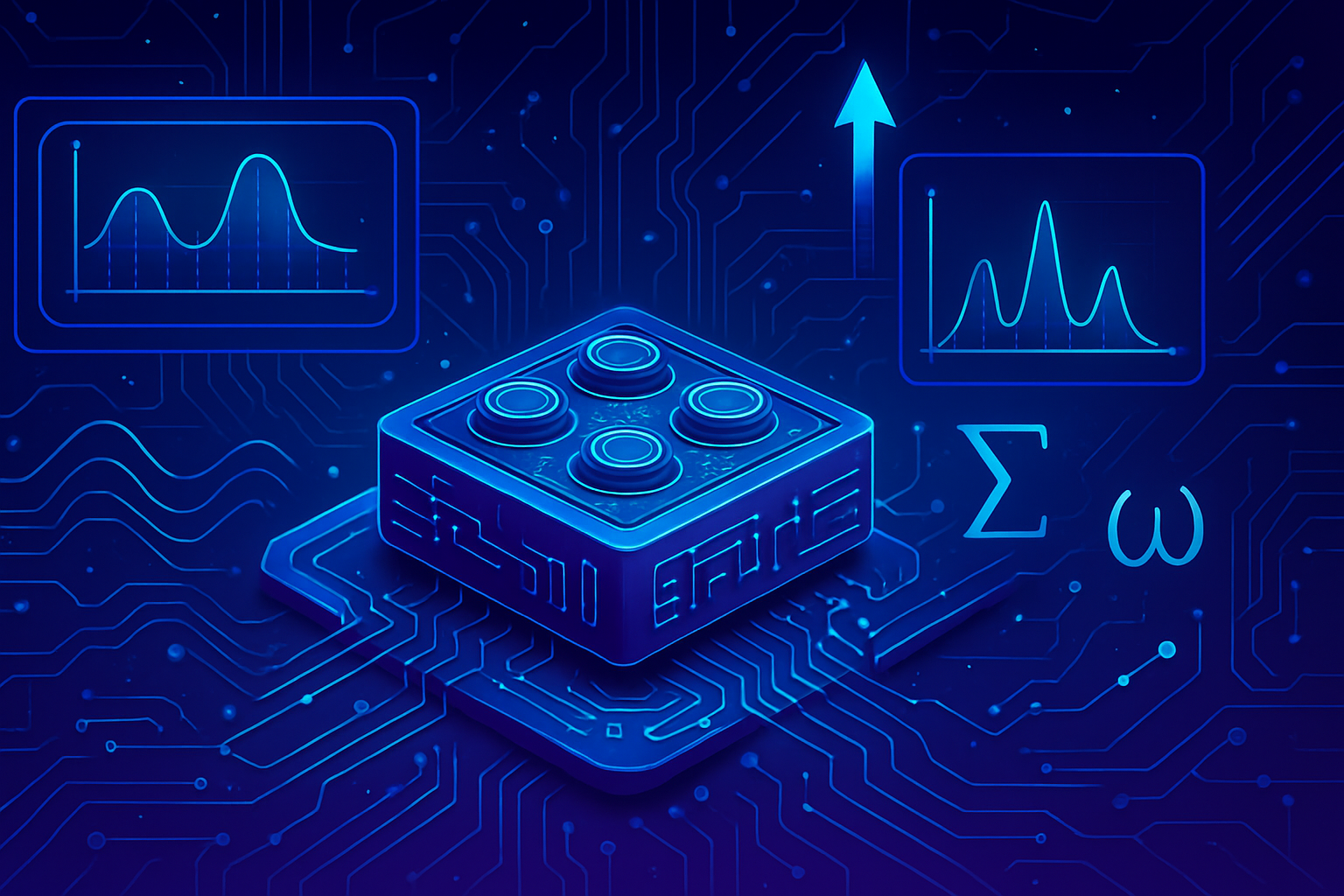Robot, know thyself resonates like an imperative in the age of artificial intelligence. This revolutionary new system, based on vision, allows machines to acquire self-knowledge, thus transforming their interaction with the world. By expanding the scope of soft robots, this project aims to unleash unprecedented robotic performance without requiring expensive hardware or complex programming. The implications of this innovation radically change our perception of roboticists, offering a future where machines can adapt autonomously to dynamic environments.
Advancements in soft robotics and self-understanding
The CSAIL lab at MIT has recently developed a revolutionary system allowing robots to acquire body self-awareness through vision. A soft robotic hand, for example, adapts its movements to grasp an object without relying on sensors. This innovative mechanism relies on a single camera, capturing the machine’s movements for control.
This new paradigm, termed Neural Jacobian Fields (NJF), represents a leap toward autonomous learning for robots. Straying from traditional programming methods, this system offers machines the ability to learn to respond to their environment and control their actions based on visual observations. Sizhe Lester Li, the lead researcher on the study, discusses this fundamental shift: “We are moving from programming to teaching robots.”
Traditional challenges in robotics
Conventional robots generally require rigid materials and complex sensing devices to operate effectively. These constraints limit innovation in design. NJF, by moving away from these traditional material needs, allows creators to explore unconventional morphologies. Designers can thus create soft and bio-inspired robots without the worry of their modeling.
The NJF methodology explained
The process begins with random movements performed by the robot, while several cameras record the results. No human supervision is required to catalyze this knowledge acquisition. Once the learning phase is complete, the robot uses a monocular camera for real-time control, emitting signals at a frequency of about 12 Hertz. This learning method promotes appreciable autonomy and execution speed.
Potential applications of the system
The implications of this technology are vast. Robots equipped with NJF could perform agricultural tasks with millimeter precision or work on construction sites without requiring sophisticated sensors. Their ability to navigate dynamic environments opens up incredible prospects, beyond the capabilities of the currently used traditional methods.
The prominence of this visual learning model could also translate into advancements in the drone field, enabling indoor navigation without maps, and offering mobile manipulations efficiency in cluttered places.
The theoretical foundations behind NJF
NJF relies on essential concepts from neural networks to map a robot’s three-dimensional geometry and its responsiveness to control signals. The integration of these advanced techniques fosters the creation of detailed controllability maps, adapting movement throughout the robot’s body even with incomplete data.
Initial simulations, involving simple elements like 2D fingers, have validated its effectiveness. This emerging system reveals a natural discovery of control commands by robots, akin to how an individual learns to interact with a new device.
Future perspectives
The outlines of this research suggest a potential increase in the accessibility of robotics. Future iterations could allow enthusiasts to capture a robot’s movements using a phone, thereby establishing a control model without prior sophisticated equipment. Although this system cannot yet generalize across different types of robots, ongoing research aims to overcome these limitations.
NJF could lead to robots with genuine body awareness, capable of performing tasks suited to real-world environments with ease. The results of this study, derived from CSAIL labs, encourage thinking that robotics is evolving toward a model where learning through observation becomes the norm.
For more information on related projects, case studies, and advancements in robotics, check out the following articles: Google’s vision for the future Gemini, Exploration of zinc-ion batteries, and Weather event forecasts.
Frequently Asked Questions: Robot, know thyself
What is the Neural Jacobian Fields (NJF) system?
The Neural Jacobian Fields (NJF) system is an innovative approach that allows robots to understand and learn how their bodies react to control commands solely through vision, without requiring integrated sensors.
How does NJF improve robot control?
NJF allows robots to learn their own internal models through observation, offering greater flexibility compared to traditional methods that rely on complex sensors and rigid models.
What types of robots can benefit from NJF?
The system has been tested on various types of robots, including soft robotic hands, rigid 3D printed arms, and rotating platforms, demonstrating great robustness and versatility.
How does NJF enable learning without human supervision?
The robot performs random movements while several cameras record the results, allowing the system to infer relationships between control signals and observed movements, without human intervention.
What are the potential applications of NJF outside the laboratory?
Robots equipped with NJF could perform agricultural tasks with high precision, work on job sites without sophisticated sensors, or navigate dynamic environments where traditional methods fail.
Why is vision chosen as the primary means of control in NJF?
Vision is a robust and reliable sensor that allows robots to operate in cluttered environments, thus simplifying location and control without needing costly external tracking systems.
What are the current limitations of NJF?
Currently, NJF requires multiple cameras for training and must be customized for each robot, and it does not yet support force or tactile detection, which limits its effectiveness in certain contact tasks.
How does NJF contribute to the future of soft and bio-inspired robots?
NJF paves the way for designing soft robots that are less constrained by traditional models, thereby promoting exploration of unconventional shapes and structures, which could revolutionize the field of robotics.
What is the learning process of NJF?
The robot performs random movements, while the system bases its actions on these movements to create a dense controllability map, allowing it to generalize movements throughout its body.
How could NJF make robotics more accessible to enthusiasts?
In the future, it is anticipated that enthusiasts will be able to capture a robot’s random movements using a smartphone, allowing the creation of control models without prior knowledge or special equipment.
